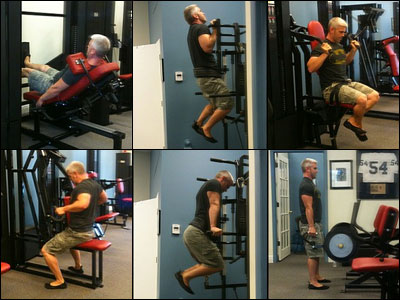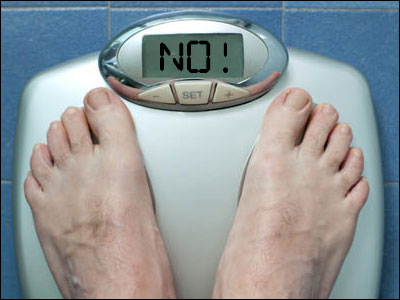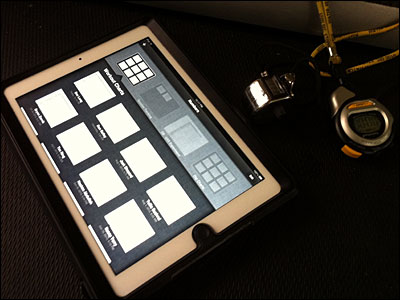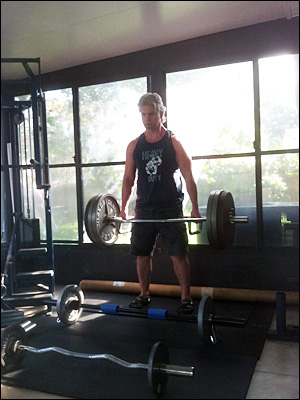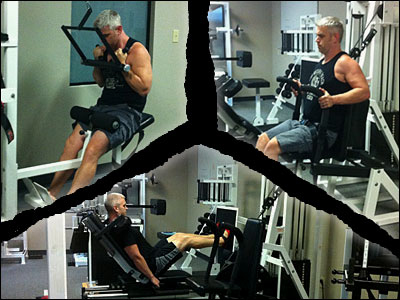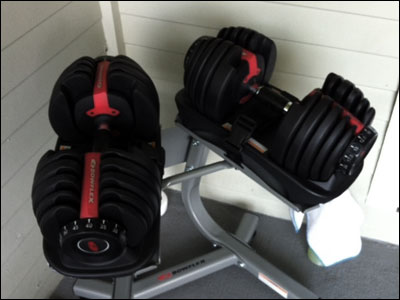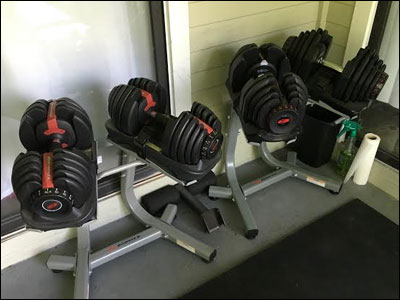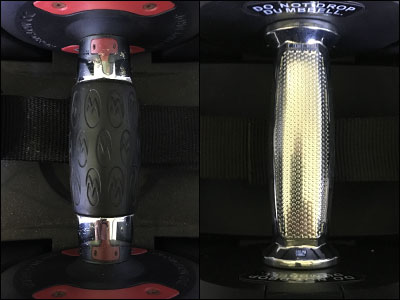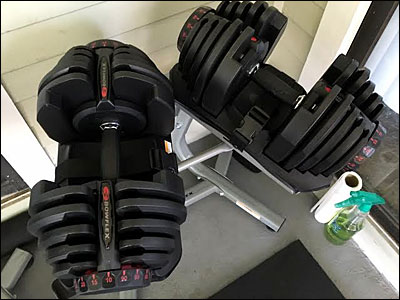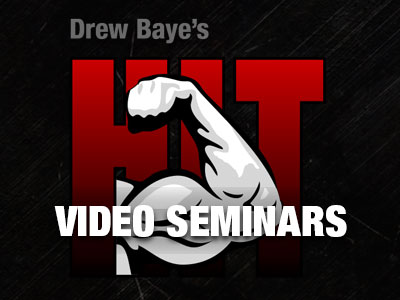If you want to build a better body don’t waste your time looking for an easy or quick way to do it, because there isn’t one.
Your results from exercise will always be proportional to the effort you put into it. If your workouts are easy – if they require very little effort – they will necessarily produce very little results. This is because an exercise or a workout that is easy violates the most fundamental principle of exercise: the overload principle. If a workout does not provide overload – if it doesn’t ask your body to do something that is much harder than what it is used to – it doesn’t give your body a reason to improve.
To put it another way, your body adapts to the demands placed on it. If you want a build a body that is stronger, more muscular, and better conditioned, a body that is capable of doing hard things, you have to ask it to do hard things. In fact, there is no such thing as an “easy workout” because exercise is hard by definition. According to Nautilus researcher and SuperSlow® founder Ken Hutchins, exercise is…
…a process whereby the body performs work of a demanding nature, in accordance with muscle and joint function, within a clinically-controlled environment, within the constraints of safety, meaningfully loading the muscular structures to inroad their strength levels to stimulate a growth mechanism within minimum time.
The purpose of exercise is to stimulate the body to produce improvements in muscular strength and size and all of the other general, trainable, factors of functional ability/fitness (cardiovascular and metabolic conditioning, bone and connective tissue strength, flexibility, etc.). Without hard work there is no stimulus, and therefore no exercise.
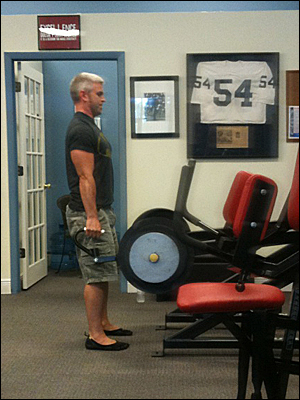
If you want results you need to accept the fact that you are going to have to do hard work. This means performing every exercise past the point of discomfort instead of quitting, ideally to the point where you are no longer physically capable of continuing in proper form. If by the end of an exercise your muscles don’t feel like they’re on fire, your heart isn’t pounding, and you’re not breathing heavily, you aren’t working hard enough. If by the end of your workout you don’t feel totally spent, you’re not working hard enough.
However, just because something is hard doesn’t mean it is a good way to exercise. In addition to being demanding proper exercise involves moving and/or positioning the body in a way that minimizes wear and tear and the risk of injury. There are a lot of very hard exercises and workout programs that are also harmful to your joints or pose a significant risk of injury. While these can be effective for stimulating improvements in fitness and appearance in the short term they do so at the expense of your long term joint health and mobility and should be avoided. Train hard, but also train safely.
The same goes for fat loss programs. There are no fast or easy ways to lose a large amount of body fat. There are no fun, easy activities that burn enough calories to produce a noticeable rate of fat loss by themselves. There are no “weird tricks” or “crazy secrets” that will allow you to lose fat without creating a significant calorie deficit, which means reducing your food intake. Eating less is not something most people with a lot of fat to lose tend to do habitually, and changing eating habits often requires considerable discipline and effort.
You have to plan your meals to fit your calorie and macronutrient requirements, and plan your grocery shopping around your meal plans. You have to weigh or measure and record everything you eat or be very careful with portion sizes. You have to either give up certain foods or learn to eat them in moderation. You have to learn to eat consciously instead of mindlessly. You have to work at developing the eating habits required to lose fat and keep it off.
If you are willing to work hard for it, consistently, and persevere for as long as it takes you may be surprised just how much muscle you can build and how much fat you can lose. However, if you are not willing to work hard for it – if you expect it to be easy or fast and continue to avoid the necessary hard work and discipline while searching for shortcuts – you will accomplish nothing and continue to be disappointed.
Stop looking for shortcuts and start working.

